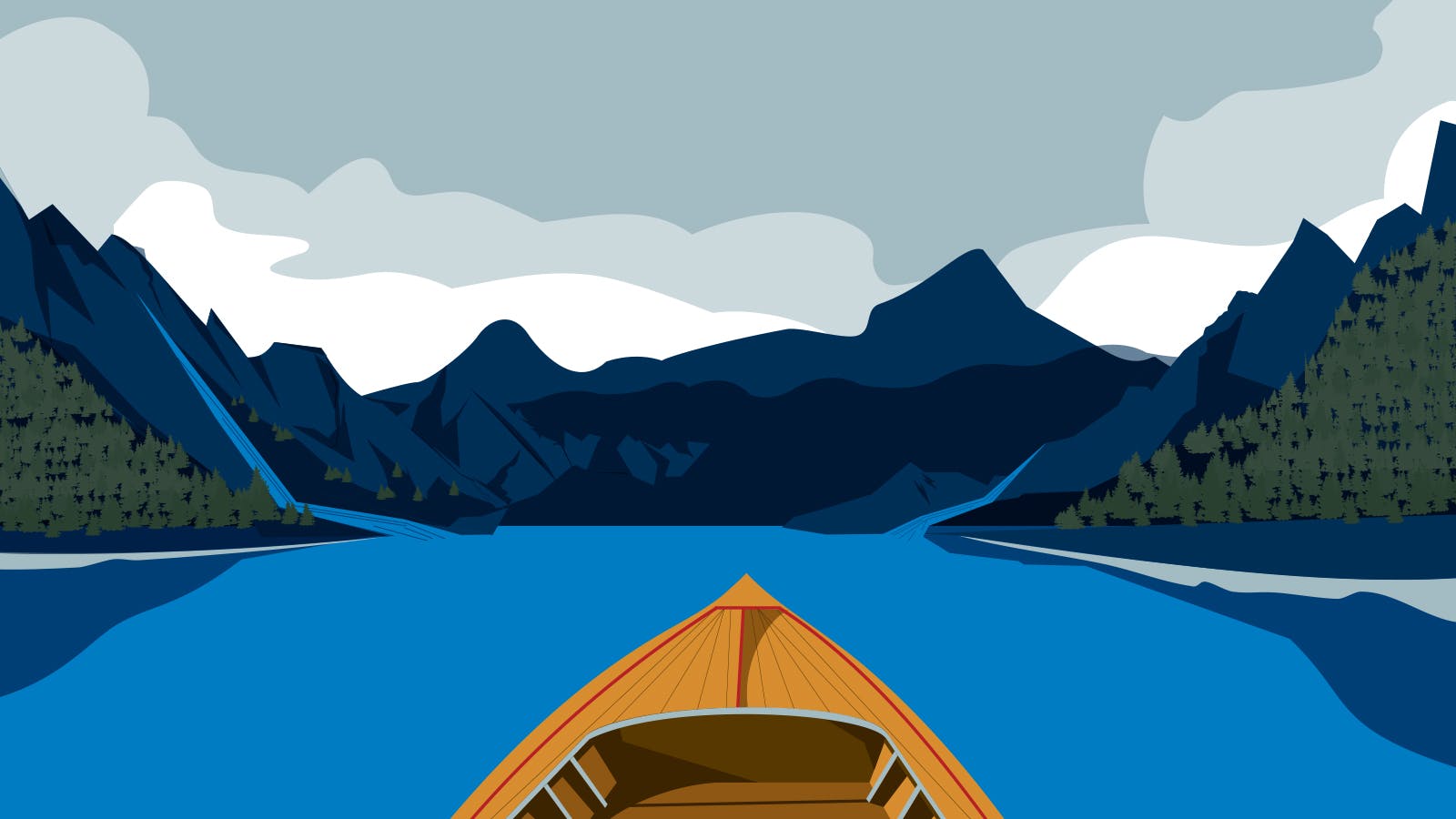

For many of us, November is the beginning of the holiday season, but it is also a time to honor the history and culture of the Indigenous peoples whose ancestral homeland is where we now live, work and play. What started as American Indian Week in 1986, to recognize the contributions and legacies of Indian Country throughout our history, has since become a month-long observance in November called National Native American Heritage Month. Native American Heritage Day falls on Black Friday.
On both local and national scales, our communities are influenced by Indigenous peoples in ways we may not even realize.
Native Americans have been in the Northeast from as far back as 200 B.C. to 500 A.D., according to anthropologists, and while there were more than a dozen tribes in the area, the most prominent ones were the Algonquians, Iroquois, Susquehannocks, Mohicans and Hurons. Many of these tribes were forcibly relocated to the West, but some, such as the Passamaquoddy and Penobscot, still live in Maine and parts of Canada. There is also an Indian reservation on Long Island, New York, right next door to the Hamptons; Long Island is the ancestral home of the Shinnecock.
In the Southeast, there were five prominent tribes: the Cherokee, Choctaw, Chickasaw, Creek and Seminoles. In Florida in particular, the 2000 census showed that more than 53,000 people from 39 different tribes still call the area home. The Trail of Florida’s Indian Heritage consists of more than 100 members — including several state parks and National Park Service sites — dedicated to keeping Indigenous culture alive.
Around 1100 A.D., several tribes inhabited the area to start farming (near waterways) and hunting game, including Lakotas, Pawnees, Mandans, Omahas, Wichitas, Cheyennes and others. Many roads and highways follow old trading routes, especially in major cities like Chicago, but most locals aren’t even aware that their daily commute to work used to be an ancient trail.
Ancestral Pueblo people lived here as early as 2000 B.C., growing crops and farming, while the Navajo and Apache tribes were primarily hunters and gatherers. The Pueblo also produced corn beer more than 800 years ago, prior to their first contact with Europeans. From building architecture and art galleries to foods and festivals, Native American culture is everywhere you look in the Southwest.
Known as the Northwest Coast Indians, tribes here stretched from the southern border of Alaska to northwestern California. They were an integral part of developing the fishing industry (especially salmon), which is still very important to the region today. The tribes here are also known for the gyáa'aang, or totem poles, that have a variety of meanings to the culture.
It’s estimated that about 18% of Alaska’s population identifies as American Indian or Alaska Native. More and more are moving from rural villages to the cities, but many still live a subsistence lifestyle. Climate change and non-Native sport and commercial fishing operations are having a major detrimental impact on their cultural and economic survival.
Want to learn more about the land that you use and Native American culture in the United States? Here are a few places to start: